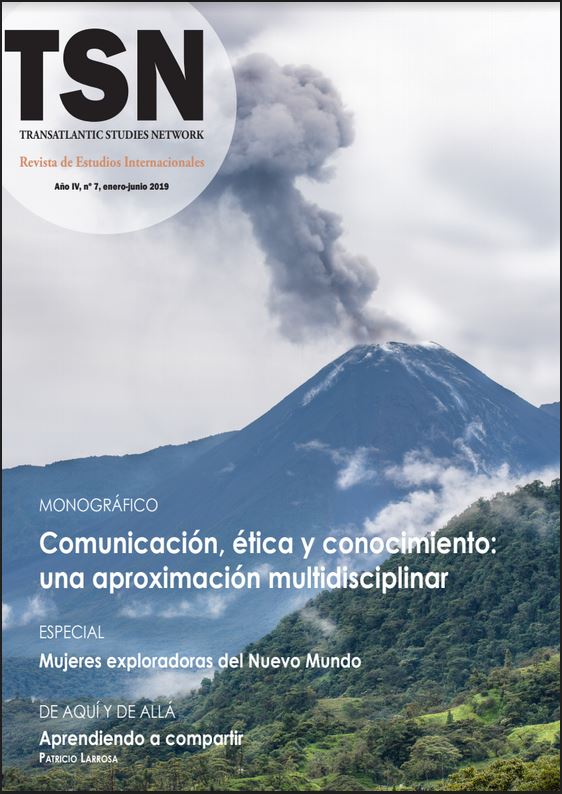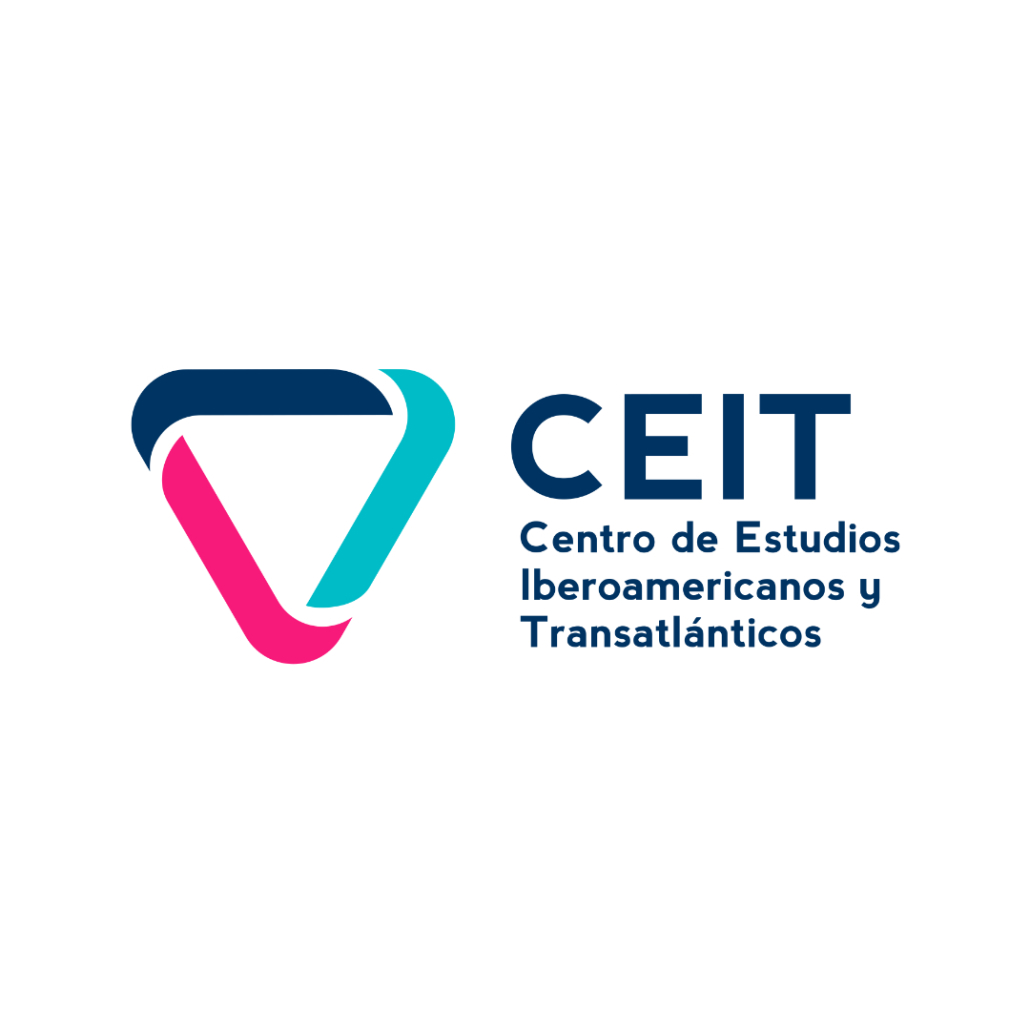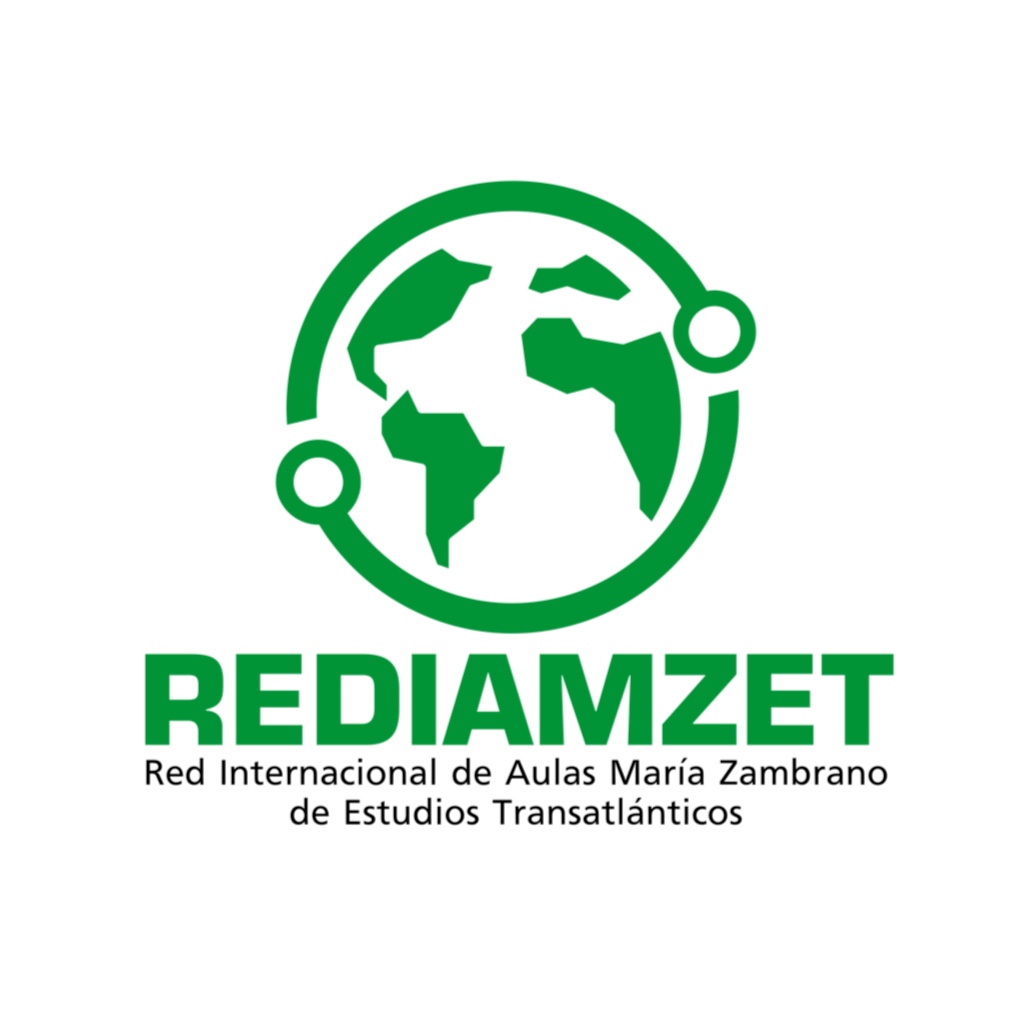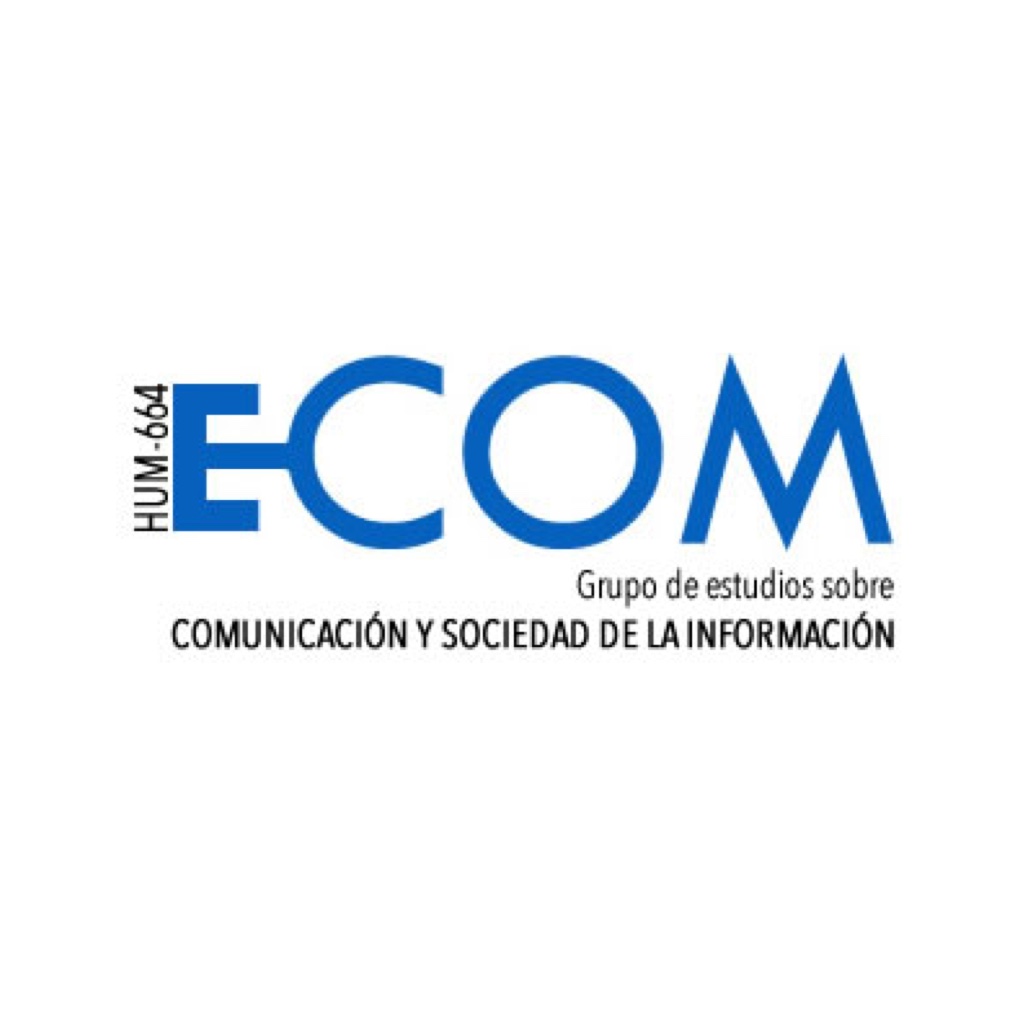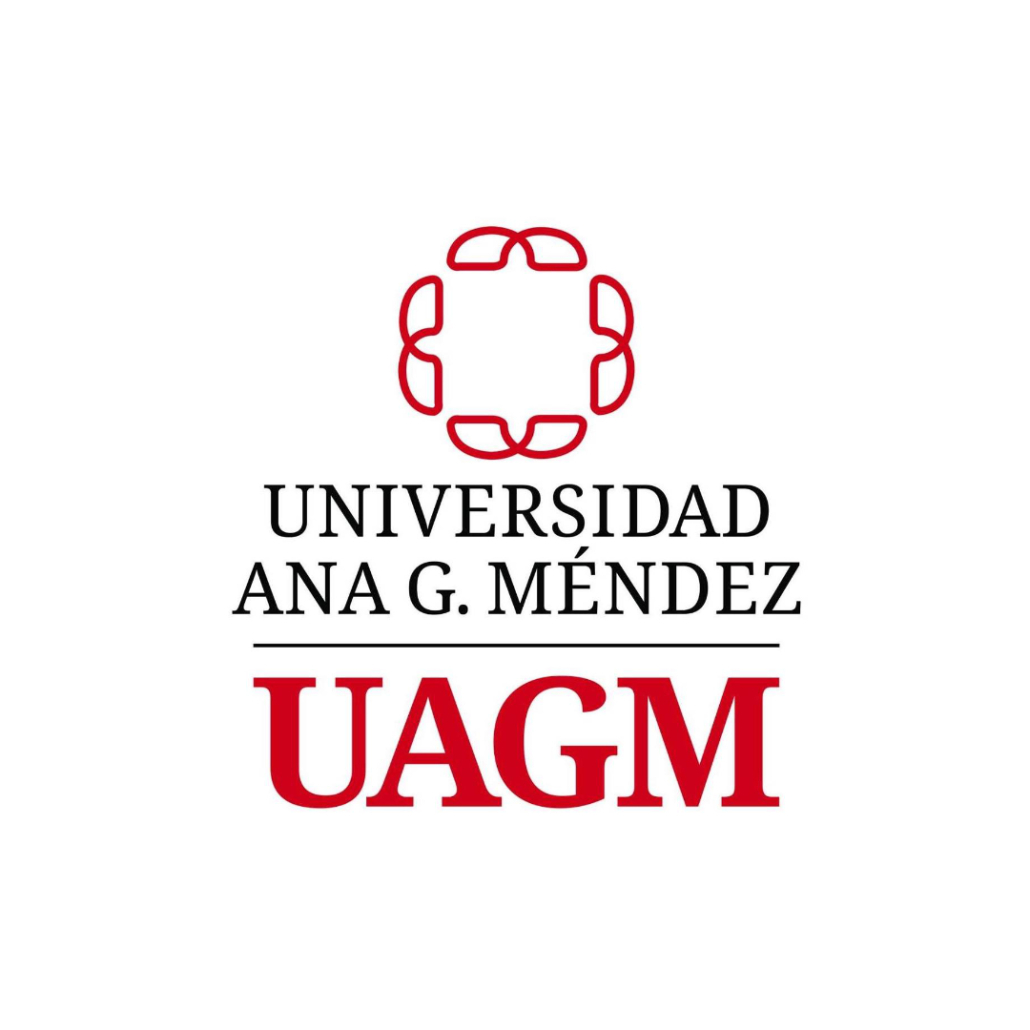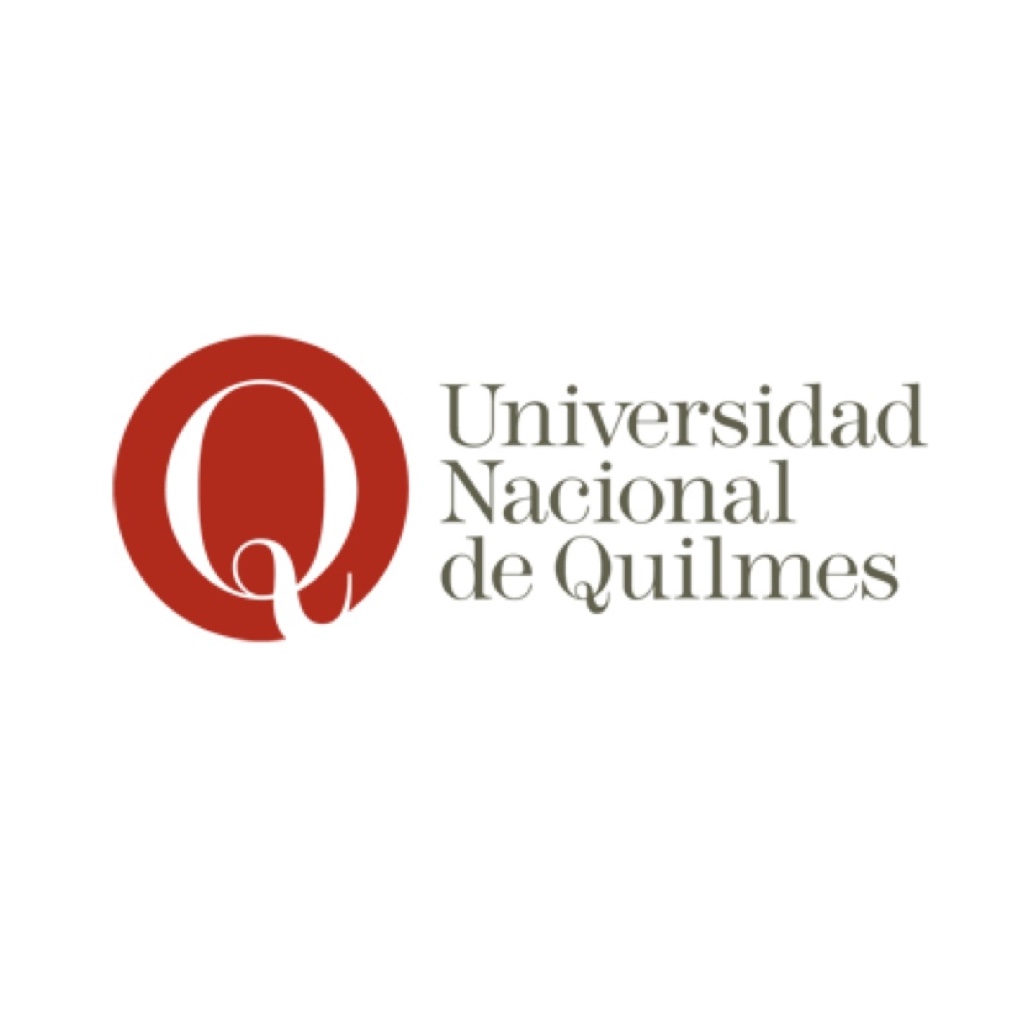The fallacy of the midpoint in the public debate
Keywords:
Rhetoric, argumentation, fallacy, media, debateAbstract
For Aristotle virtue is at the midpoint between two extremes, which are two vices (one by excess and one by default). The midpoint, mesotés, represents the position of moderation. However, the midpoint theory is a topic that can constitute an argumentative fallacy. Kelsen pointed out that geometry can only divide a line into two equal parts, knowing beforehand what the two extreme points are. Apparently the doctrine of the middle point allows us to find the most virtuous solution to a problem, but it can serve to give an appearance of rationality (of calculation) to a commonly accepted position. Through this operation, the debate on the merits is evaded and the adversary parties are made to appear disproportionate. The appeal to the midpoint is a topic of public debate that can be used in any problem in which a position can be established in favor, another against and another between them. A current example is the debate about prostitution. The free fixation of the ends allows to justify any conclusion.
Downloads
Metrics
References
Aristóteles (1970): Ética a Nicómaco. Madrid: Instituto de Estudios Políticos.
— (1971): La retórica. Madrid: Instituto de Estudios Políticos.
Atienza, M. (2013): Curso de argumentación jurídica. Madrid: Trotta.
Cicerón, M. (1951): «Diálogos del orador», en Obras escogidas. Buenos Aires: Librería el Ateneo.
— (1997): La invención retórica. Madrid: Gredos.
— (2004): El orador. Madrid: Alianza.
Gadamer, H. (2013): Verdad y método. Salamanca: Sígueme.
Isidoro de Sevilla (1951): Etimologías. Madrid: Biblioteca de Autores Cristianos.
Kelsen, H. (2006): ¿Qué es la justicia? Barcelona: Ariel.
Nussbaum, M. (1995): Justicia poética. Boston: Andrés
Bello.
Perelman, C. (1979): La lógica jurídica y la nueva retórica.
Madrid: Civitas.
Quintiliano, M. (1887): Instituciones oratorias. Madrid: Padres de las Escuelas Pías.
Schopenhauer, A. (2002): El arte de tener razón. Madrid:
Alianza.
Vega Reñón, L. (2003): Si de argumentar se trata. Montesinos: Ediciones de Intervención Cultural.
Walton, D. (1989): Informal Logic. A Handbook for Critical Argumentation. Cambridge: CUP.
Downloads
Published
How to Cite
Issue
Section
License
Copyright (c) 2024 TSN. Transatlantic Studies Network

This work is licensed under a Creative Commons Attribution-NonCommercial-ShareAlike 4.0 International License.

